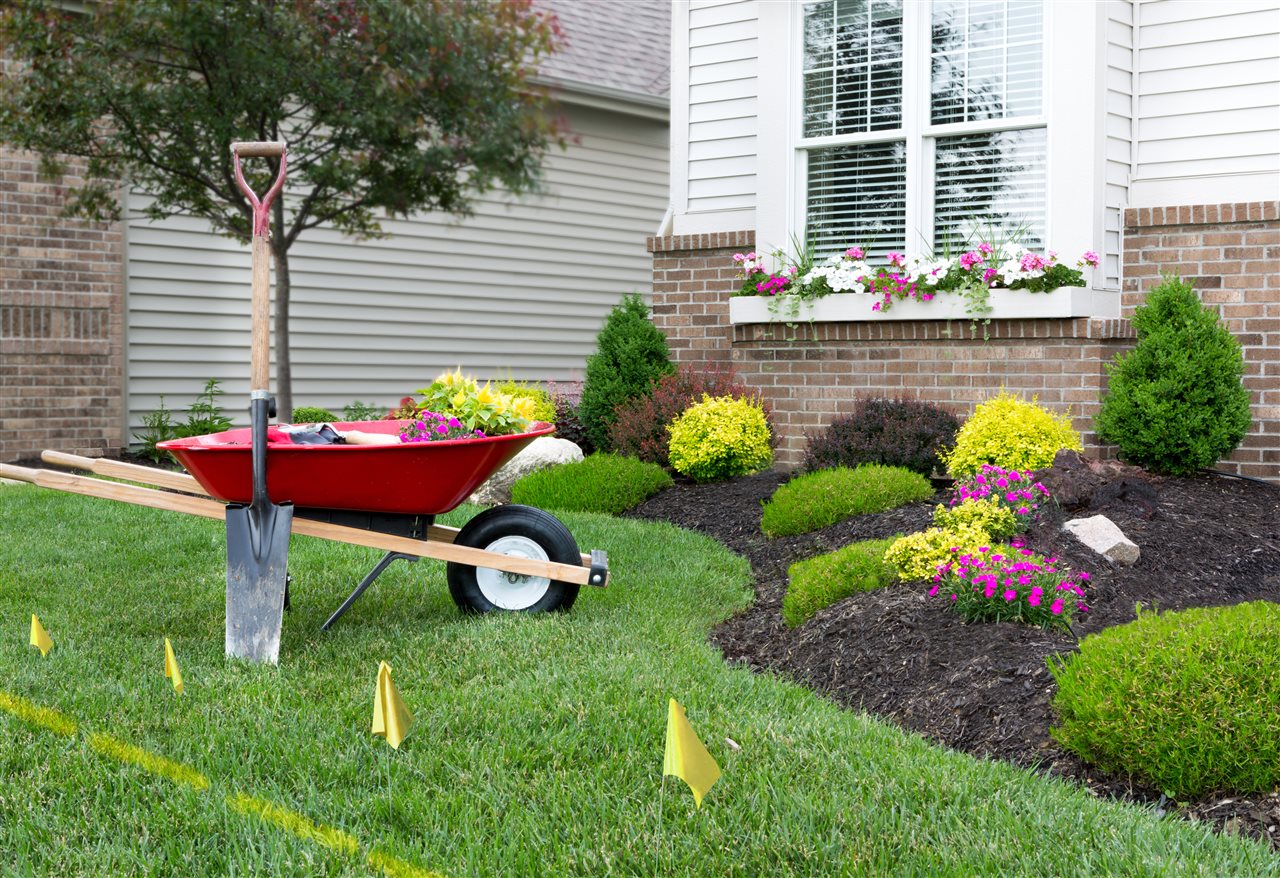 (BPT) – Fresh air, great views and capitalizing on unused space – it’s no wonder rooftop decks are a hot trend for suburban homes and urban apartment complexes alike.
(BPT) – Fresh air, great views and capitalizing on unused space – it’s no wonder rooftop decks are a hot trend for suburban homes and urban apartment complexes alike.
Once reserved for the urban elite, rooftop decks are popping up all over the country as an attractive option that offers a mixture of space savings and an unrivaled view. The magic of rooftop decks is they take advantage of what was formerly unused space – the top of a building or the flat roof over part of a home – and reclaim it for a unique entertaining area or a family gathering spot.
“Especially when we’re working in cities, rooftop decks are essentially reclaiming space for a family that probably wouldn’t have any outdoor space otherwise,” said James Muckinhaupt, a senior builder/project manager for Mosaic Outdoor Living, a high-end custom deck builder in Colorado.
All that newfound space can present a challenge to designers and the homeowners they serve as they try to define the space to make the most of the rooftop deck’s open layout.
“If designers don’t really delineate the space well, we’ve found the decks end up being a giant space that’s never fully utilized by the homeowner,” James said.
James and his wife, Mary, a custom furniture consultant, offer some advice on how to turn your rooftop deck into a personal oasis and get the most out of the space.
out of the space.
1. Define the Use
Mary said defining how the deck will be used the majority of the time is the top way to make sure the space fits the homeowners’ needs. Questions like, “Will the deck host weekly family dinner?” and “Will you use it daily for drinks and lounging?” help determine whether a kitchen/dining area is needed and how much seating should be included.
“It’s also important to know the average number of people they expect to fit on the deck,” Mary said. “If we don’t furnish and set the deck up so it’s conducive to their needs, we’ve found that people don’t use the deck.”
2. Stay True To Your Style
Most people have a style or color scheme they are already drawn to. A good designer will pay attention to the rest of a homeowner’s space and incorporate that theme into the rooftop deck to create a cohesive style from interior to exterior.
3. Focus On Materials
Materials have a huge impact on the final look of the deck, whether it’s sleek tile, decorative concrete or luxury composite lumber. James said his rooftop decks are primarily Envision(R) composite lumber by TAMKO, because of the wide variety of styles the boards can accommodate, taking on everything from the look of exotic hardwoods to distressed reclaimed barn wood.
4. Add a Covering
Regardless of how the deck will be used, it’s nice to have a covered area to escape the heat of the sun or the rain. Depending on the homeowners’ needs and budget, the covering can be anything from a grouping of large umbrellas to a covered structure with glass walls.
5. Include a Fire Element
If adding a covering helps extend deck season through the extreme heat of summer and the rain of spring, including a fire element extends the deck’s use through the fall and winter. This could be something as simple as a fire pit or as elaborate as a built-in fireplace.
“Between a shade covering and a fireplace, you’re extending deck season to 70-80 percent of the year, depending on where you live,” James said.
6. Work With the Views
In the process of deciding where to add a covering and how to position furniture on a rooftop deck, consider the natural views. One area of the deck may offer superior views, either of nature or of a cityscape. Position furniture to open up to the best view and construct deck coverings and any needed walls, to obstruct any undesirable views.
“The view is one of the best things about a rooftop deck, so we want to focus the seating around whatever is the best view,” Mary said. “If there are great views on multiple sides, we’ll recommend using swivel chairs to give people the best of both.”







